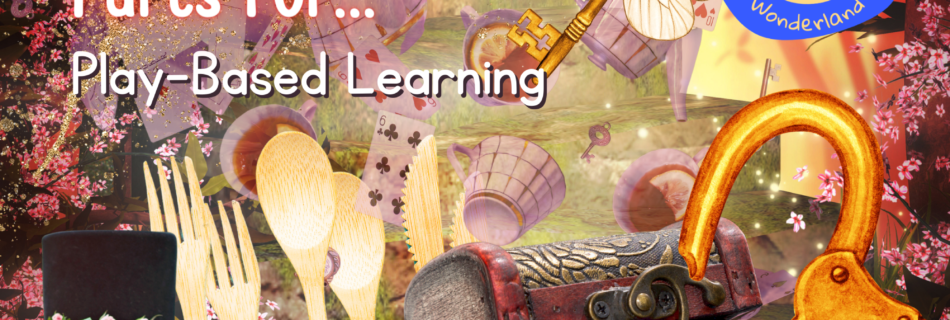How To Introduce Loose Parts Play-Based Learning
Loose parts play as a pathway for learning Families and teachers are increasingly interested in how loose parts play-based learning can be introduced to children. Researchers have found that when children engage in high quality play, they extend their social skills, language abilities, identity development, executive function, problem-solving, and academic foundations (Hassinger-Das et al., 2019). …
Read more “How To Introduce Loose Parts Play-Based Learning”


